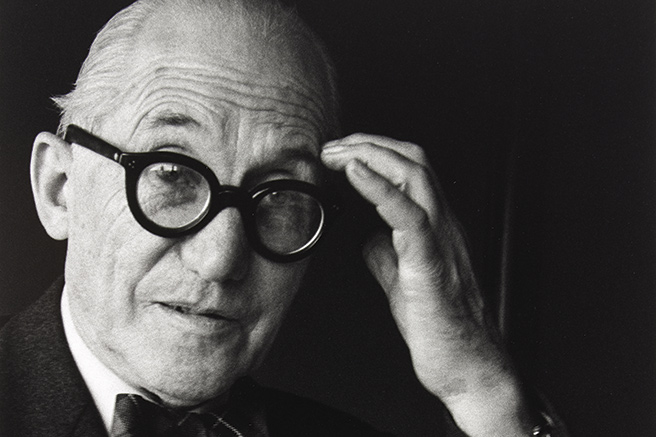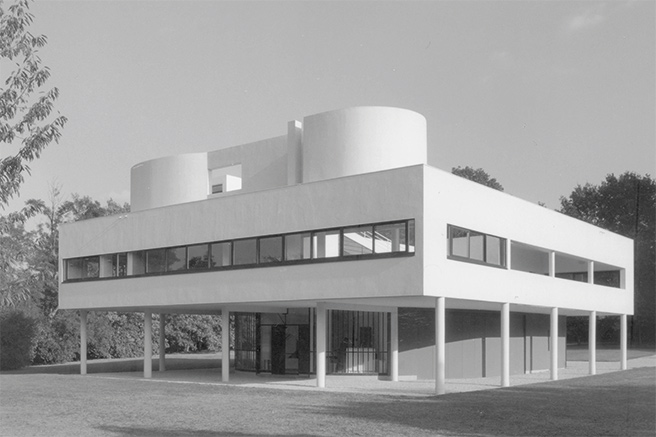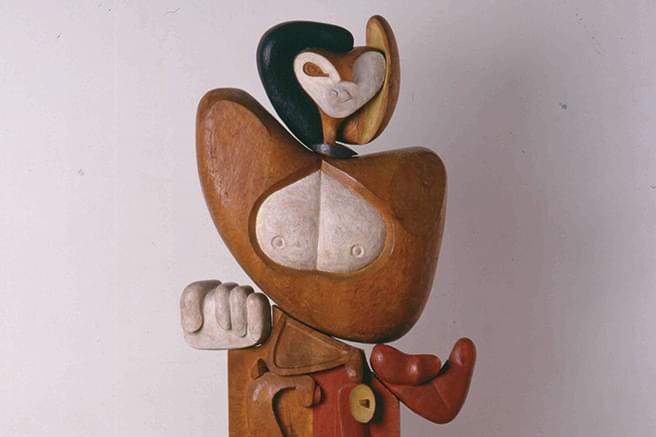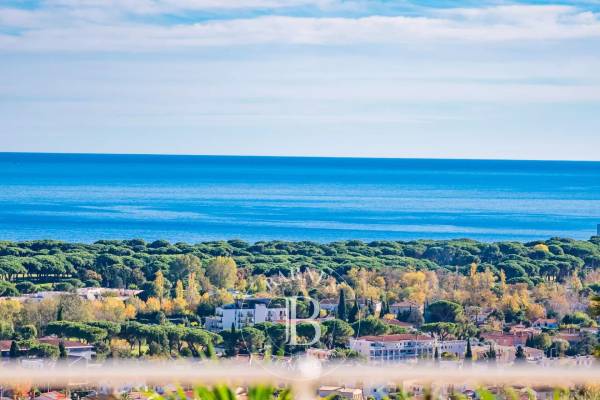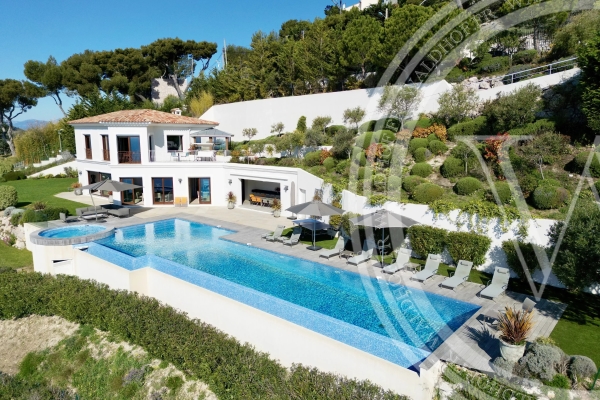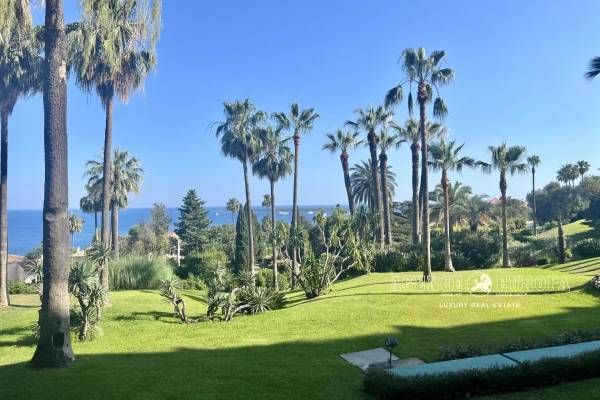Le Corbusier, the Measure of Man
On the occasion of the 50th anniversary of the death of the famous architect, the Centre Pompidou is devoting an unprecedented retrospective to the work of Charles-Edouard Jeanneret, known worldwide under the pseudonym of Le Corbusier. An historic event !
Visionary. The adjective which best describes the ground breaking work of this architect, a theorist of modernity, but also a painter and sculptor of genius. Through some 300 works, the exhibition shows how deeply Le Corbusier marked the 20th century by turning architecture and the way we live in it upside down. The common thead running through the exhibit, the proportions of the human body help us to obtain a clearer understanding of the dimensions of architecture and spatial composition. Multifaceted and gigantic, his work originated in Germany, influenced by psycho-physicians and theories of “scientific esthetics” in which everything can be measured, even sensations, cognitive reactions and human psychology. This concept of proportions remained at the core of all the projects undertaken by the architect, in his design of buildings and furnishings, and also in his paintings. As for the “Citée Radieuse” in Marseille, living accommodation according to Le Corbusier must be designed on a human scale, using flexibility to allow for body movements, gestures and the sense of sight. The exhibit’s unusual layout presents all the various aspects of the work of this major artist in sculptures, drawings, models, objects, films, photographs and documents, illustrating the prolific production of this native of the Swiss Jura who acquired French nationality in 1930 and became Parisian by adoption.
Until August 3rd. Centre Pompidou, Place Georges Pompidou, Paris 4 (01 44 78 12 33) www.centrepompidou.fr
